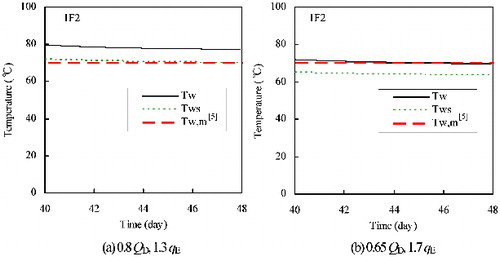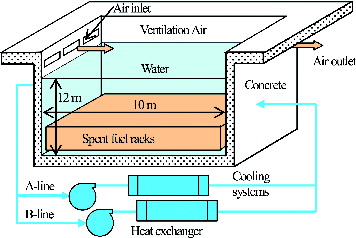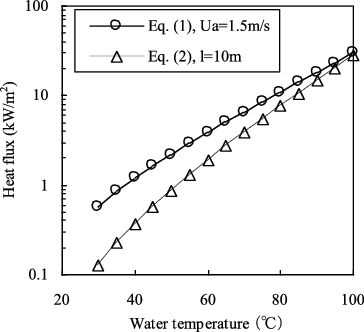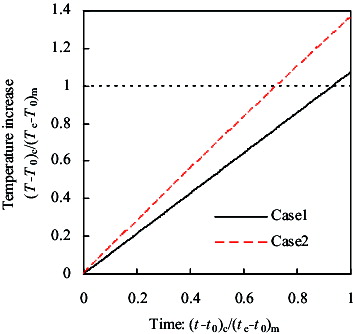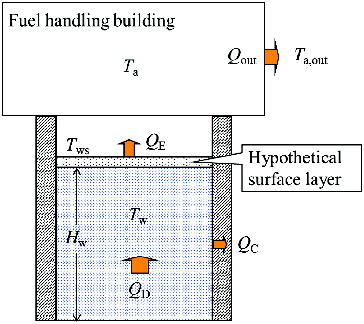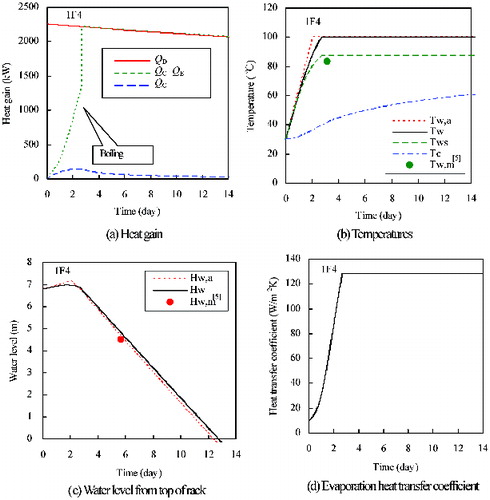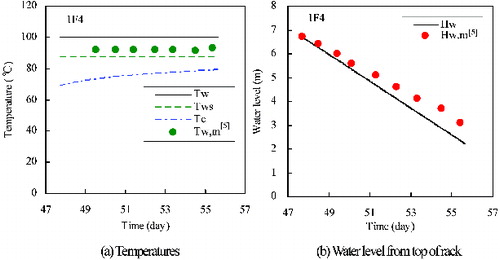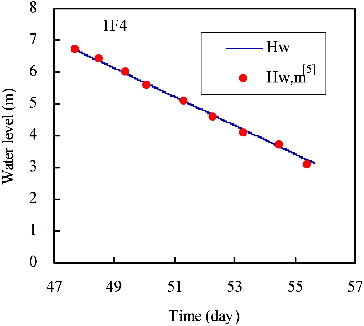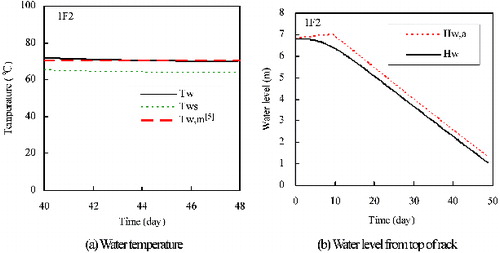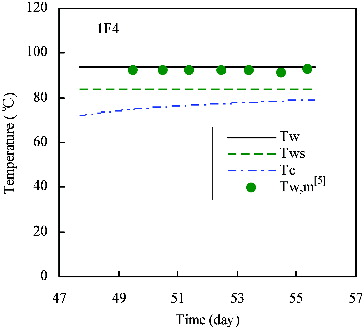Figures & data
Table 1. Calculation conditions [Citation5].
Figure 8. Transient behavior after loss of all AC power supplies (Unit 2 pool, intact building, without water injection).
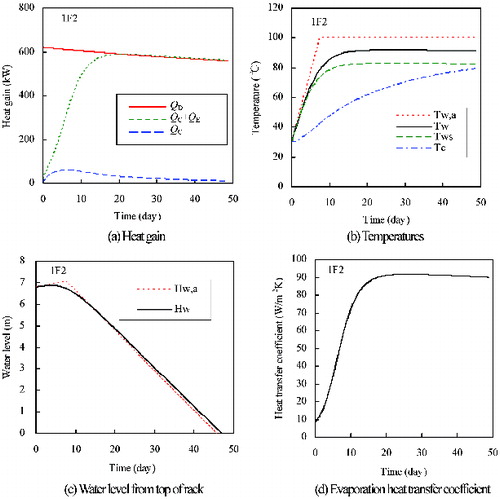
Figure 9. Transient behavior after loss of all AC power supplies (Unit 2 pool, intact building, with water injection).
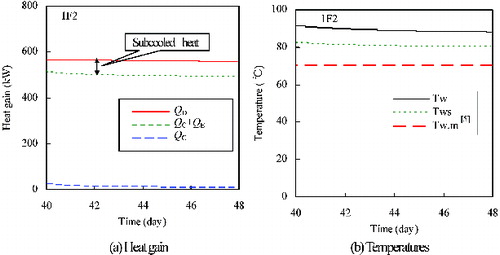
Figure 10. Effects of decay heat (QD) and evaporation heat flux (qE) on water temperatures (Unit 2 pool).
